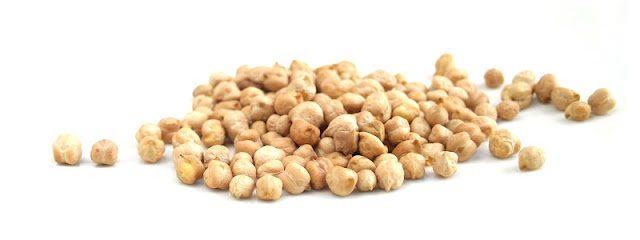History, Production and Nutritional Benefits of Jasmine Rice
Jasmine rice originates from the ISAAN region in northeastern Thailand. The cultivation of Jasmine rice increased by leaps and bounds in the 90’s. As a matter of fact, its cropping increased by 74% from 1990 to 1998 touching almost 28.3% of rice overall acreage in Thailand. The increase was witnessed despite its low yield of 1.9 to 2.3 tons/hectare. The rice has two types- one is white Jasmine rice and another one is Brown Jasmine rice. The brown one contains comparatively more nutrients than the white one. Jasmine Long Grain Rice contains nutrients like carbohydrates, antioxidants, Vitamins and Minerals. Regular consumption of this rice provides resistance against cardiovascular disease and type-2 diabetes. The aroma of jasmine rice mainly comes due to the evaporation of 2-Acetyl-1-pyrroline during boiling.
Jasmine rice cultivation produces the best result in mild climates. The rice is widely harvested in larger fields with open air circulation and ample sunlight. However, it can also be cultivated in smaller areas such as bungalow and backyards. Care should be taken to choose a place that receives plenty of sunlight and water. Ideally, the seeds should be soaked in water for 12-36 hours before being placed into the small pits. Afterwards, the pit should be covered with soil. The pits should be dug in the same rows. Daily watering should be done on the moist soils. There is also the need to build bed around them for allowing water build up. Jasmine rice plant grows to 15 inches after a period of 90-180 days. The rice can be removed from the stalks by machine or manually by hand.
The cooking of Jasmine rice is characterized by its aroma, soft texture, and long-slender white rice. Low degree of gelatinization, low amylase content and soft gel consistency is bio-chemical characteristics of Jasmine rice.
Identifying the service gap in the existing supply chain, TRADOLOGIE.COM established its intelligent platform to facilitate global trade of agro-commodities (Rice, pulses, spices, meat, edible oils, etc.) and construction materials(Cement, TMT Steel and Plywood). It’s a next-generation B2B global procurement platform connecting global buyers and sellers. As of today, the platform boasts of 100% verified 200,000 buyers and 25,000 sellers. The company has been growing at an impressive pace with gross merchandise value in excess of ₹ 25 Billion. In a very short span of time, it has emerged as an alternate supply chain for importers and exporters. Buy bulk CALROSE Rice online directly from rice mills at best price and save up to 20%. The USP of TRADOLOGIE.COM is the Negotiation Platform that allows sellers to quote prices to the buyer in real-time on a reverse bidding mechanism. The seller is able to Quote Prices while having 100% genuine market insight while the buyer can see the whole spectrum of sellers and place orders after seeing the profile of participant sellers (including previous orders) and negotiating with them through counter offer mechanisms. Buyers and sellers need to furnish important documents like a letter of intent and complete the Payment Obligation using LC before the actual order is executed. Seller receives the payment only after the buyer is in possession of confirmation of dispatch of the commodity (as per the signed contract). It also provides a separate app for both sellers and buyers to facilitate trade in real-time and on the move. Technology has always been the game-changer for revolutionizing trade and commerce. TRADOLOGIE.COM consistently spends a considerable amount to upgrade its technology. Its platform allowed sellers to transcend physical boundaries and connect directly with international buyers. Buyers can also buy bulk Jasmine rice online at best price from rice mills and save up to 20%.
More Visit us : https://www.tradologie.com/lp/jasmine-rice.html




Comments
Post a Comment